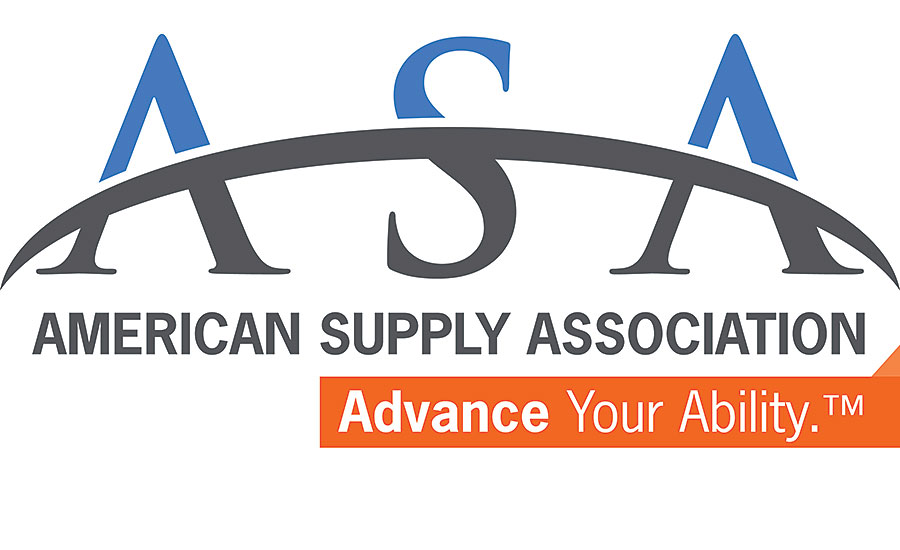ASA Capitol Hill update

When a new president is sworn into office, especially from the opposite party of his predecessor, much is anticipated of him. In fact, it’s become a January 20 tradition that the incoming commander-in-chief have a set of executive orders queued up to fulfill one or two campaign promises to immediately undo some of the work of the previous administration.
Much of those actions fall along the spectrum of both symbolic and achievable such as when President Bush stopped spending federal tax dollars on research that used stem cells or in the case of President Obama’s subsequent reversal.
But once the pomp and circumstance of a new president’s inaugural ends and the people’s business must be conducted, far more technical work must be started.
A regulation is defined as the activity following a bill’s passage into law by Congress. Federal agencies are responsible for putting those laws into action through regulations. In essence, it’s the authority that Congress gives executive branch agencies to create rules to carry out the laws they’ve written. Where it becomes dicey is when an agency updates or writes a regulation based on authority granted in a decades-old law, such as the Clean Air Act or the Clean Water Act.
Much can be said of regulations: they can be burdensome, necessary, complex or redundant. To just about every impacted stakeholder, each of those can hold true. Passionate defenders of the environment could support strong controls over federal lands to prevent overdevelopment or pollution. Whereas those in the oil and gas exploration and refining business may have invested millions of dollars to extract the earth’s resources in as safe and responsible way as possible.
One thing can be certain, regulations are complex and most take a surprisingly long time to get written, often to be torn up and invalidated. But it’s that complexity that ensures all sides are given the opportunity to weigh in, in support and opposition. The public’s interests are best served in this process by the agency listening, stakeholders speaking and writing in favor of their position.
It’s when they fail to listen, expedite the process or cause provable undue burdens on a certain segment of the population. That’s when the courts are liable to step in. It’s the federal court system where injured parties, for example an industry such as farming or energy development, can bring a lawsuit challenging the legality, authority or fairness of a regulation.
This is occurring today on a couple key Obama-era regulations: the rule that updated qualifications to earn overtime in the workplace and the Waters of the US rule. While one is administered by the Department of Labor and requires employers to adjust how much they’re paying their employees, the other is an EPA measure that seeks to control the public’s access to waterways, including farmer’s use of ponds or an energy company’s crossing of a creek with a pipeline.
This is where it gets even more interesting. Both rules were delayed by the federal courts during the previous administration. The Obama administration defended the rules, with injured parties on the opposing side fighting back. Now that both rules have a strong ally in the White House, it’s up to the Trump administration to effectively “defend” these regulations they do not support to begin with.
The current administration opposes both rules, but cannot simply undo them as if they were an executive order. Just as it’s a lengthy process to get it written, taking it apart can be just as time consuming. In most instances, the same laws that authorize the regulations writing also require the administration in power go through the similar process to undue to rule. So as of this writing the Trump administration is wrapping up its legal challenges of both rules, but equally as important, moving ahead with a redrafting of the rules.
According to Bush administration regulatory official, Susan Dudley, in response to legal challenges, several recent court decisions appear sympathetic to the argument they went beyond the powers assigned to the executive branch by the Constitution and delegated to it by Congress.
An example is a federal judge in Texas issuing an injunction to prevent implementation of the Department of Labor’s overtime regulation. The judge found merit in the argument brought by 21 state attorney generals and small business groups that the Department of Labor had overstepped its statutory authority.
To modify or overturn a regulation, an agency would have to go through all the procedures required to issue a new regulation. These steps are governed by the Administrative Procedure Act of 1946 and include developing a legal record justifying the proposed change and seeking public comment on that record and the proposed regulatory (deregulatory) action.
The agency would have to respond to public comment, which may lead to modifications to the draft regulation before it issues a final rule. These steps generally take at least a year, which may then lead to still more court challenges by supporters of the original regulation.
When the final rule is issued, two records will exist, one developed to support the original regulation and a second that supports its elimination or modification.
As said, the revised rule will almost certainly be litigated, with parties that supported the original rule pointing to the earlier record to defend their objections. This legal process may take years to resolve as will the rule-making process to undo much that has been done.
While Congress is liable to continue its work debating tax reform and hopefully more, the regulatory work done by the agencies should not be ignored.
There are opportunities for stakeholders such as the American Supply Association to help shape public policy going forward.
Looking for a reprint of this article?
From high-res PDFs to custom plaques, order your copy today!






